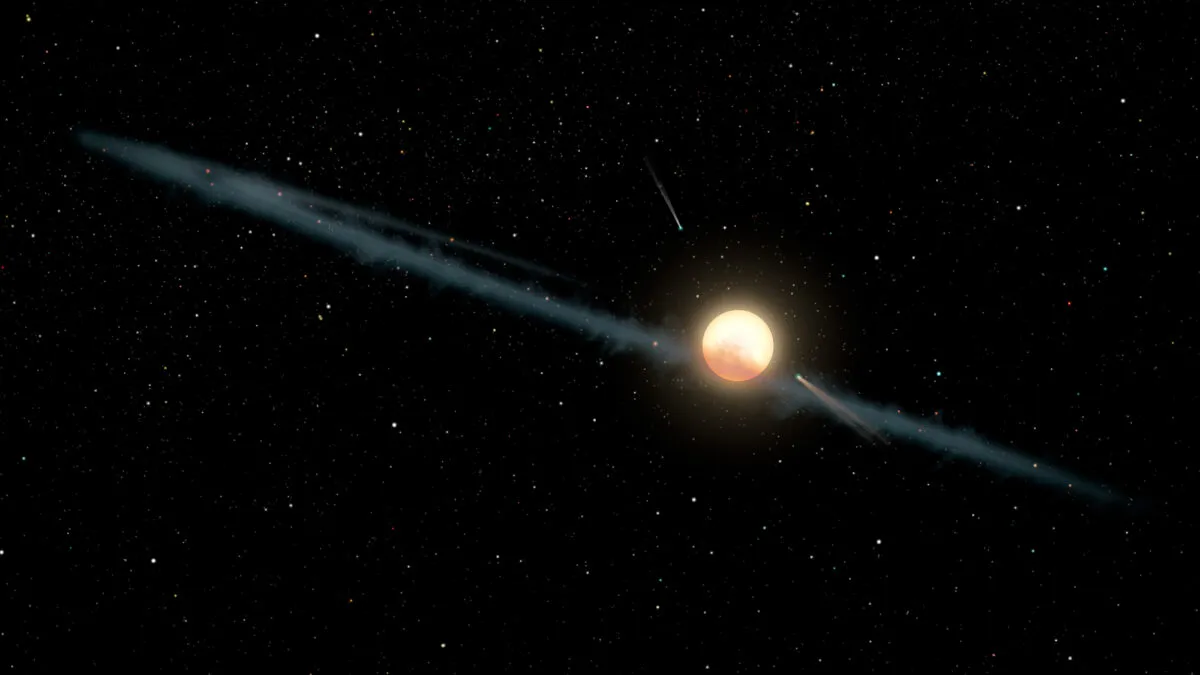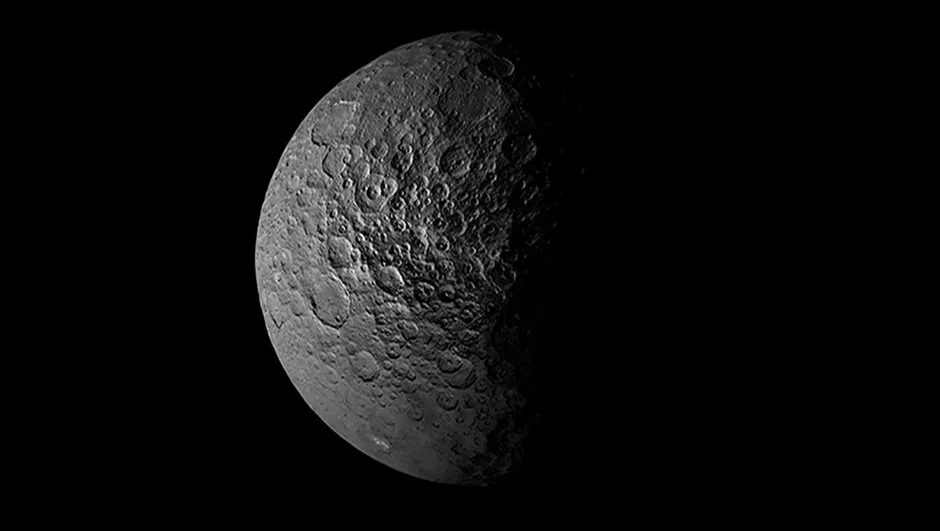TIC 400799224 is misbehaving. This previously obscure faint star appears in the background of images taken by the planet-hunting Transiting Exoplanet Survey Satellite (TESS) between March and May 2019, and then again in April and May this year.
The images show the star dimming, dropping to 20% of its peak brightness in just a few hours before recovering slightly, dimming again, and ending up back where it started two days later.
Since astronomers started monitoring large numbers of stars with the precision required to catch the transit of tiny exoplanets across the face of their parent stars, there have been a steadily increasing number of ‘dipping stars’.
More from Chris Lintott:
- Can we measure the mass of the Milky Way?
- What can young stars tell us about the Universe?
- How did the first stars affect the evolution of the Universe?

Kepler, the predecessor of TESS, was particularly useful in spotting them, and was responsible for the identification of the most famous example, Boyajian’s Star.
This object, first identified by participants in the Planet Hunters citizen science project, showed such dramatic brightness variations that for a while the most plausible explanation was the presence of an ‘alien megastructure’ around the star.
Follow-up observations soon revealed that intervening dust – not aliens with grand plans – were responsible for the behaviour of Boyajian’s Star.
In the case of TIC 400799224, there were observations already on hand, thanks to the Evryscope project, which has been scanning the sky nightly since 2017, and ASAS-SN, a survey built to hunt supernovae.
These archive observations, plus a targeted follow-up with the global network of telescopes belonging to the Las Cumbres Observatory, also reveal shallower dips that happen frequently, each accounting for a drop of a few per cent in the system’s total brightness, as well as a regular cycle of brightening and fading with a period of about 20 days.
So what’s going on? So-called ‘speckle’ imaging, which uses short exposures to capture ultra-sharp images in moments where the air above the observatory is suddenly still, reveals that the system is a binary, with two probably young stars in orbit around each other.
The system does shine more brightly than expected in longer-wavelength light, which suggests the presence of dust in the system, and this turns out to be key to the mystery: something is producing substantial amounts of dust, which is blocking light from at least one of the two stars.
The researchers have worked out that, given the size of the dips that we see, if an object the size of the largest asteroid in our Solar System, Ceres, was reduced to rubble it would produce enough dust to keep TIC 400799224 dipping for 8,000 years.

Rather than invoke such a catastrophic event, however, the team think the most likely scenario involves a large orbiting asteroid that is colliding repeatedly with smaller objects that lie in its way, which produces dust with each collision.
Is that the right explanation? Right now I’ve no idea – that’s why studying these unusual objects is such fun.
At a normal magnitude of +12.6, the star is bright enough for back-garden observers to keep an eye on it; whatever is going on around TIC 400799224, more observations from all sorts of telescopes are key to understanding it.
Chris Lintott was reading Mysterious Dust-emitting Object Orbiting TIC 400799224 by Brian P Powel. Read it online at: arxiv.org.
This article originally appeared in the December 2021 issue of BBC Sky at Night Magazine.

